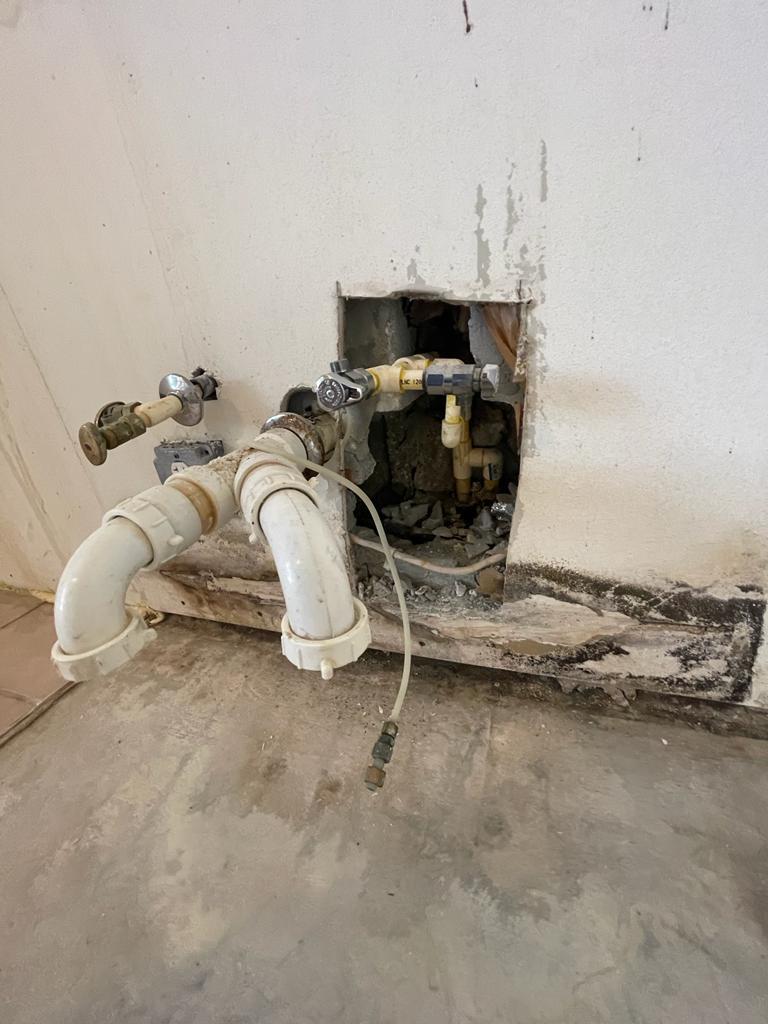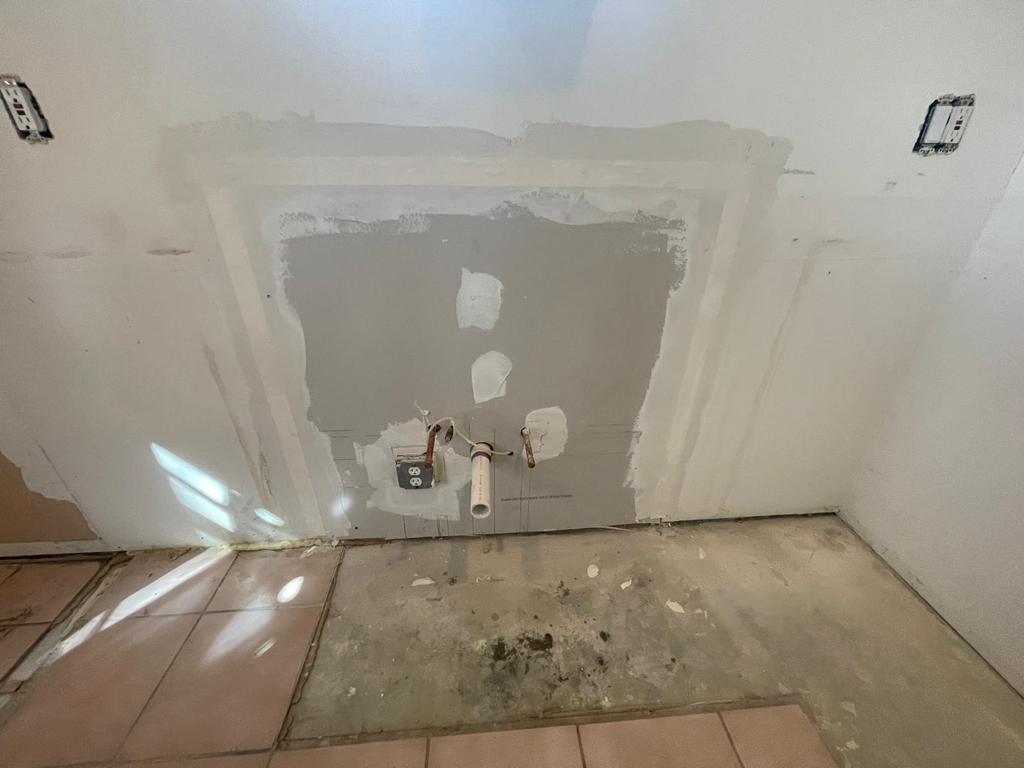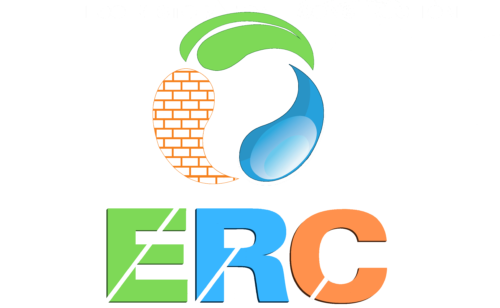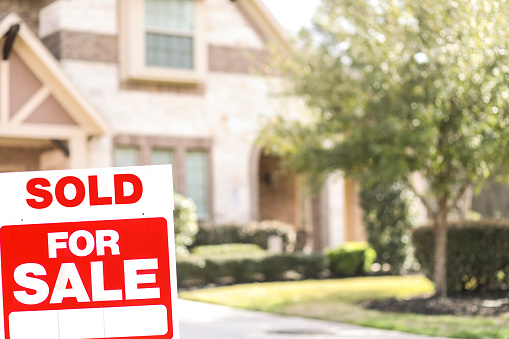The good news is that you can still sell your home even if it has mildew, wet or peeling wallpaper, dark stains on the walls and ceiling, damage from flooding, or musty or unpleasant odors from your heating system.
Most sellers’ top concern is, “Can you legally sell a house with mold?” The answer is a happy yes. Owners are not prohibited from selling mold-infested properties under federal or state law.
Laws do regulate disclosure, though. The disclosure requirements for sellers, as well as what information must be disclosed and how to, vary by state. Most frequently:
The sellers must note any known flaws in the house at the time of selling. When questioned, sellers cannot deliberately misrepresent known defects. Buyers are primarily responsible for inspecting the property and spotting any issues.
When a residence is materially misrepresented, buyers may be entitled to sue the seller after the sale. Even though state law does not mandate it, it is in sellers’ best interests to report the existence of mold in their properties.
Why is mold such a concern?

While not all mold risks your health, some types can. While ongoing mold exposure might have negative health impacts, this does not always imply that it is dangerous or life-threatening as soon as it appears.
Mold spores are typically airborne, so our lungs and respiratory system suffer when we breathe them in. Even the healthiest people don’t want to live in a home with mold because they can acquire health problems from it. Immunocompromised people, young children, and older adults are more prone to do so. Particularly given that mold can cause your home to smell “old.”
The following health problems could be brought on by mold:
- Watery eyes
- Runny nose
- Sneezing
- Itching
- Coughing
- Wheezing
- Difficulty breathing
- Headache
- Fatigue
Common sources of mold problems
Mold may exist and be found practically anywhere there is a source of water and oxygen. Where do you often find water in a house? We already know that there is oxygen everywhere. If flooding is an issue, the solution might potentially be any place.
Roof
When left neglected, moss on a moist roof can develop into mold. Although your roof is meant to protect the rest of your home, any moss or algae growth there might encourage the formation of mold within the house.
Plumbing
Pipe leaks are possible and almost certainly inevitable. These leaks can appear anywhere in the home, including in the ceiling or in the walls. If pipes are concealed, looking for water stains is the best approach to identify a leak and subsequent mold growth. Remember that it can get costly.
Attic
You’ll have water in your attic if your roof is leaking. Mold will begin to grow if the dampness persists. Search for wet areas throughout the attic to determine where mold growth may be present.
Crawl space
In small areas, moisture can accumulate, especially if the site is near a water source, such as soil or dirt. Even though you might not pay it much attention, your crawl area is frequently the perfect place for mold to grow.
Basement
Due to water damage and mold, a leaky basement could present issues for sellers and purchasers. Similar to a crawl space, your basement has the potential to accumulate moisture and serve as a breeding ground for mold. Mold risk is further increased in basements by potential flooding issues and leaking pipes.
Bathroom
The bathroom is usually a cramped, enclosed area with a lot of moisture. When taking a hot shower, the room is frequently wholly wet. Although they can help, bathroom fans don’t permanently remove water altogether.
How does mold affect your home’s value?

The size of the mold issue inside or outside of your home will decide the impact on your home’s worth. Since mold on a home’s exterior doesn’t pose a significant threat to health or safety, its value is unlikely to be significantly affected. The only exception is if the mold impairs the home’s outside look. Before listing your house for sale, if at all possible, try to get rid of any external mold.
About internal spores, you face a more severe issue. While buyers won’t be as put off by the presence of mold or mildew in areas that regularly see wetness, like a bathroom with a shower, they will be more likely to voice their worries about the presence of mold in otherwise dry portions of the house, including the floors, ceilings, and walls.
Buyers often want to pay less for a home with mold as they will have to spend more on remediation services because mold remediation is an expensive problem to fix. You’ll need to know who to call to remove mold.
The number of mold-infested locations in residences significantly impacts the cost of mold cleanup. A mold removal expert will thoroughly inspect the entire house, including the ducting and crawlspaces. The cost for mold removal can range from $500 to $6,000.
Contact us, your mold remediation specialist in South Florida, for a free quote!
Specific seller responsibilities
Ideally, you should tell prospective purchasers if your property has ever had mold problems. In states with full mandate disclosure, sellers who fail to report that their houses have prior or ongoing mold issues risk legal action.
This does not limit the seller to just mold problems, either. Any additional flaws that could jeopardize the buyer’s position or the property’s worth should also be disclosed.
Potential buyer responsibilities
Buyers interested in a property should confirm that the seller has taken the proper actions to make adequate disclosures, including disclosing the existence of mold either now or in the past. Buyers should thoroughly read the seller’s disclosures and watch for anything mentioning mold problems.
If there are mold problems with the property, the buyer and seller can decide whether mold removal should be done before or after the sale and who should bear the costs. In a perfect world, the seller would take care of the mold problems at their root, perhaps by updating the HVAC system or adding a dehumidifier. Potential purchasers can determine the level of mold growth and its primary source by conducting a thorough investigation.
Conclusion
Selling a mold-infested home is a serious matter. If you ignore the problem, lawsuits and expensive repairs will probably occur. Stop mold from growing in your house and fix any mold issues before advertising your home. Long-term, this can save you money and legal fees. Selling your home “as-is” is an alternative if you don’t feel like making the repairs.






